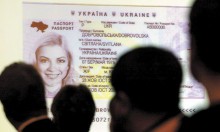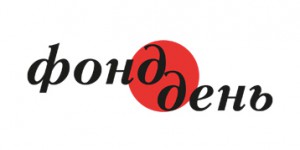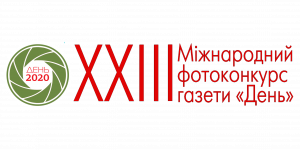For almost a month, Ukrainian officials have been accepting applications for biometric passports. During this time, the State Migration Service of Ukraine (SMSU) received over 65,000 applications, and 13,000 applicants have already been issued their new-model passports. “As expected, processing one application takes up to 20 minutes, therefore, as we have assigned significantly more officers to these jobs, the migration service stands ready to satisfy increased demand for passports this year,” the SMSU reported.
It is known that a biometric passport is slightly more expensive than an ordinary document. It costs 518 hryvnias, that is, about 26 euros, while an ordinary passport can be bought for 360 hryvnias.
Researchers working at the Ukrainian Institute for International Politics have analyzed biometric passport price difference between Ukraine and the EU nations and how the document’s price is calculated in these countries.
“When we started to analyze the cost of biometric passports, we realized that there was no clear link between the country’s situation and the price it set for a biometric passport. We have found that Europe’s cheapest documents start at 20 euros,” chairperson of the board of the Ukrainian Institute for International Politics Rostyslav Tomenchuk told us.
According to the institute’s experts, biometric passports are the most expensive in Australia (169 euros), Italy (116 euros), Switzerland (114 euros), Canada (107 euros), and the UK (91 euros). “The Italian situation is of significant interest. As late as last year, the cost of biometric passport there stood at just about 50 euros, but citizens had to pay a few other fees to have it issued. Therefore, the government has set a single full price at 116 euros, which includes all these previously existing fees. However, the cost of the document has not really changed, the Italians paid as much before, it just was divided into separate fees,” Tomenchuk explained.
Another interesting example of calculating the biometric passport price is offered by the Netherlands and Belgium. These countries’ governments have enabled municipalities to set surcharges which vary in a limited range. “So, the price will vary by region, but local authorities are now responsible for issuing biometric passports,” the chairperson of the board of the Ukrainian Institute for International Politics added.
Among Ukraine’s neighbors, Romania has the most expensive biometric passports at 70 euros. A Romanian document costs about as much as a Belgian passport. “This is despite the fact that the average salary in Romania is a fraction of Belgium’s level. Also, a Romanian passport is valid for 5, not 10 years, like in Belgium,” Tomenchuk said. Meanwhile, Ireland provides passports at cut prices to the disabled, war veterans, and a number of other social groups.
The EU’s cheapest biometric passports are issued by Bulgaria, where they cost 20 euros. The price is set at exactly the same level in Bosnia and Herzegovina. Czech-issued passports are little more expensive at 22 euros, Spanish ones cost 25 euros, and the Estonian price stands at 28 euros. Ukraine occupies the fifth lowest position in Europe regarding costs of obtaining a biometric passport.
However, when prices of biometric passports are set against average personal incomes of these countries, the Ukrainians have to pay the highest price as a percentage of their expenses. “The problem is not the high cost of the document, but rather the low purchasing power of our citizens,” the chairperson of the board of the Ukrainian Institute for International Politics said. According to him, Armenia and Moldova are in a similar situation. By this measure, the Spanish have the cheapest biometric passports.
However, even with such a high price, the Ukrainians do not get the services provided to EU citizens, but just buy mere forms. “The EU member nations sell not just forms, but guarantees of security, rules governing their passport’s use. Its cost includes, of course, the work of customs employees and people working for the company which makes it, and so on,” he said.
Therefore, the question shifts to what our government’s policy is. “If it is introducing these passports in order to facilitate for our citizens travelling abroad and seeing the EU for themselves, it should lower prices for certain categories of citizens – for example, retirees who often never go outside their district,” Tomenchuk said. If the government is, on the contrary, not interested in opening borders, such as Armenia’s is, then, of course, the price will be higher, or it will not introduce biometric passports at all, like Belarus has been doing.
The Ukrainian Institute for International Politics has also prepared several recommendations for the Ukrainian government. Firstly, it should consider cooperating with local authorities in issuing biometric passports, as the Netherlands and Belgium have done. “It would allow a certain fraction of the cost to stay in the community. By the way, it will also be an effective pilot example of the central government’s readiness to consider implementing the principles of decentralization by cooperating with local authorities and motivating them to provide government services,” he explained.







